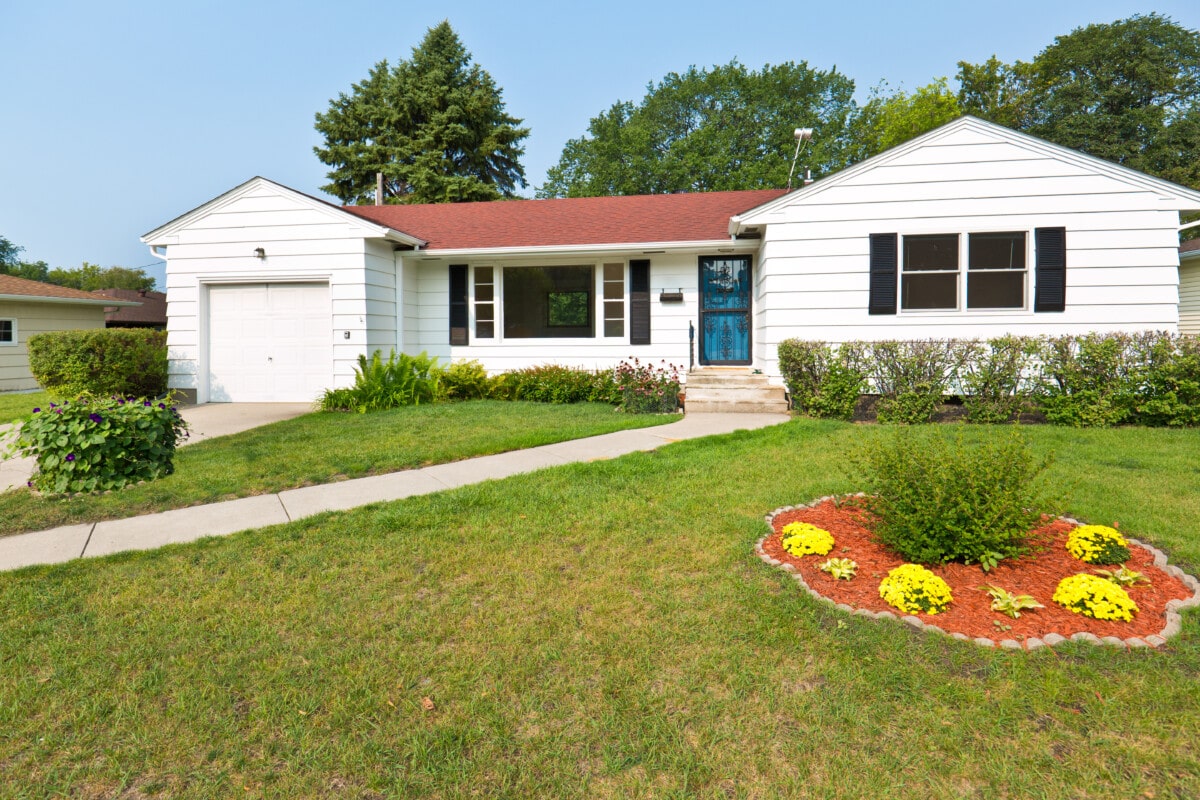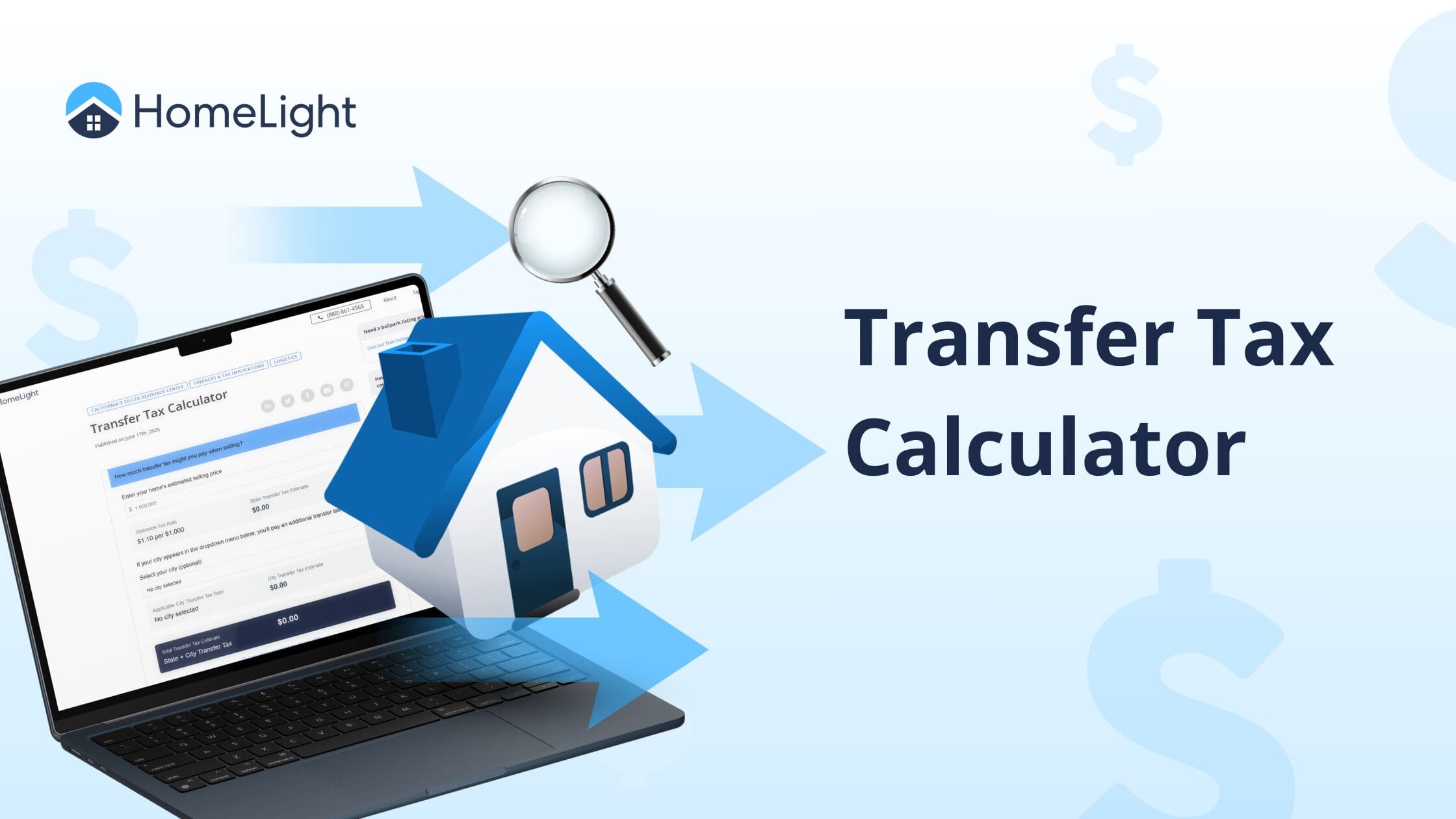Thinking of selling your home? A smart way to get ahead of the curve might just be a pre-listing inspection.
Before the first buyer ever walks through the door, more and more sellers are choosing to have their homes inspected upfront. Known as a pre-listing inspection, this optional step for sellers can reveal potential problems ahead of listing — and might just be the secret to a smoother sale.
A pre-listing inspection is a move that’s gaining traction in today’s unpredictable market. According to recent Redfin data, roughly 15% of home sale contracts were canceled in June 2025, often due to issues uncovered during the buyer’s home inspection after an accepted offer. In response, savvy sellers are taking a proactive approach to avoid surprises where possible and ease the journey to closing with a pre-listing inspection.
What is a pre-listing inspection?
A pre-listing inspection, or seller’s inspection, is exactly what it sounds like: a home inspection ordered by the seller before the property goes on the market.
How it works: A licensed home inspector goes through the ins and outs of a home, just like in a typical home inspection, to identify any potential problems or repairs that might concern a buyer.
Inspection specialist Yolaine Bonner, Vice President of Florida Insurance Inspection, recommends sellers conduct a pre-listing inspection anywhere from six months to a year ahead of listing their home:
“This allows ample time to address any necessary repairs without feeling rushed,” Bonner advises. Sellers can then tackle problems on their own terms, list the house at a good price point, and even be more prepared for future negotiations.
What does a pre‑listing inspection cover?
A pre-listing inspection gives sellers a full report of the condition of their home, including anything that might need to be repaired now or to keep an eye on for the future.
While the exact inspection checklist for sellers can vary slightly depending on your location and the inspector, most follow a standard structure that includes checking:
- Structural systems – Roof, foundation, attic, framing, and visible insulation.
- Electrical – Panels, outlets, wiring, and overall system condition.
- Plumbing – Fixtures, pipes, drainage, and the water heater.
- HVAC systems – Heating, ventilation, and air conditioning units for age, performance and safety.
- Doors and windows – Operation, weather-stripping, and potential energy efficiency issues.
- Moisture concerns – Evidence of leaks, water damage, or mold that could mean bigger problems.
Common deal-breakers for buyers, according to Bonners, include polybutylene plumbing, roofs older than 30 years (or 10-15 years for a flat roof), and even certain electrical panels. “Watch out for Federal Pacific, Zinsco, and Challenger, as these can make a property difficult to insure,” she warns.
Pre‑listing inspection vs buyer’s home inspection
At first, a pre-listing inspection might seem identical to a traditional home inspection, but the difference comes down to who’s ordering it, when it happens, and how the results are used.
Timing:
A pre-listing inspection happens before the home goes on the market. A buyer’s home inspection typically takes place after an offer is accepted.
Who pays:
The seller or possibly the listing agent covers the cost of a pre-listing inspection. The buyer pays for their home inspection if they choose to get one.
Disclosure:
In most states, sellers are required to disclose any issues uncovered in a pre-listing inspection that affect the condition of the home, especially if they choose not to fix them.
Control and preparation:
A pre-listing inspection gives sellers the chance to address problems early and market the home strategically, while a buyer’s inspection often leads to time-crunched negotiations.
Whether buyer or seller ordered, inspections are often a key part of the home-buying process. “The home negotiations that fall through are often due to expensive repairs, or significant issues that prevent buyers from securing insurance, which is required for financing,” Bonner explains.
How much does a pre-listing inspection cost?
Most pre-listing inspections fall in the $300 to $500 range, but the final cost depends on your home’s size, location, and any extra tests you add on. You can expect to pay more for larger homes over 2,000 square feet, if your home has additional features like outbuildings, or if you add inspections for special testing recommended by your agent like radon, sewer scopes, or termite checks.
While at first sellers might be turned away by the cost, the small upfront fee is easily outweighed once the benefits of a seller’s inspection kick in.
Pros of getting a pre-listing inspection
Fewer surprises during the contingency period
A pre-listing inspection helps you get ahead of issues before your home goes on the market. Instead of being blindsided by a buyer’s inspection report, you’ll already have an idea of what to expect and can plan accordingly.
More control over repairs
When you know what needs fixing, you get to choose what to tackle, what to leave as-is, and which upgrades are worth it. It also lets you shop around for the best contractor pricing without the pressure of a closing deadline.
Potential for faster closing
Buyers love transparency. When they feel confident in the home’s condition, they’re often quicker to move forward. Fewer negotiations and less back-and-forth over repairs can help everyone get to closing sooner.
Smarter pricing strategy
Armed with inspection details, you and your agent can set a listing price that reflects your home’s true condition. It can also make negotiations smoother, since the value is backed by facts.
Cons of getting a pre-listing inspection
You have to disclose what you find
Any big problems found during a pre-listing inspection will legally need to be shared with potential buyers. While being forthcoming can build trust, known repairs that are difficult or expensive could also shrink the buyer pool.
It might be expensive
For sellers on a tight budget or trying to minimize prep costs, a pre-listing inspection might be too much to pay upfront, especially if the inspection reveals repairs that require even more money to fix.
You might fix more than necessary
Once you see the report from the home inspector, it’s tempting to fix everything, especially if you’re aiming for top dollar. But not all repairs are deal-breakers, and some may have room for negotiation later on if you can’t get to all the repairs.
What to do if issues are found during a pre-listing inspection
Minor issues are a normal part of owning an older home and are almost always expected, says Bonner.
“It’s important not to get too stressed about these smaller items,” she recommends, “Instead, sellers should prioritize making sure the property is insurable, as this can significantly broaden their pool of potential buyers beyond cash-only offers.”
Consult with your agent, but you have a few options. You can present a move-in-ready home by handling larger repairs ahead of time, price the home according to the work that needs to be done, or offer credits to help buyers fix the issues later.
Should you get a pre-listing inspection?
A pre-listing inspection isn’t required and can be helpful for a lot of sellers, but other times it might be unnecessary.
If you’re planning to sell a newer home, listing “as-is” with no inspections, pricing aggressively for a quick sale, or recently done work on the house, a pre-listing inspection likely won’t offer much value.
But for most residential sellers, a pre-listing inspection is a smart move, says Joe Rath, Director of Industry Operations at Redfin.
“Get ahead of it and start knocking off that list of things that you can do,” Rath advises, “So that when a buyer brings a home inspector through, you have already anticipated a lot of what might come up on that report.”
FAQs
What’s the difference between a home appraisal and a pre-listing inspection?
A pre-listing inspection evaluates the physical condition of the home, while an appraisal determines the home’s market value. In other words, one helps identify potential repairs, and the other helps set a price.
What is the purpose of a pre-inspection?
A pre-listing inspection gives sellers a heads-up on any major problems with the home before putting it on the market. It can help position a property to be more competitive, especially in a buyer’s market. Ultimately, a pre-listing inspection gives more control to the seller when it comes to repair decisions and any future negotiations.
What are the benefits of a pre-listing inspection?
A pre-listing inspection can reduce the chance of the unexpected during the sale process, increase buyer confidence, and help price your home strategically — all of which can lead to a smoother, faster sale.



















 English (US) ·
English (US) ·